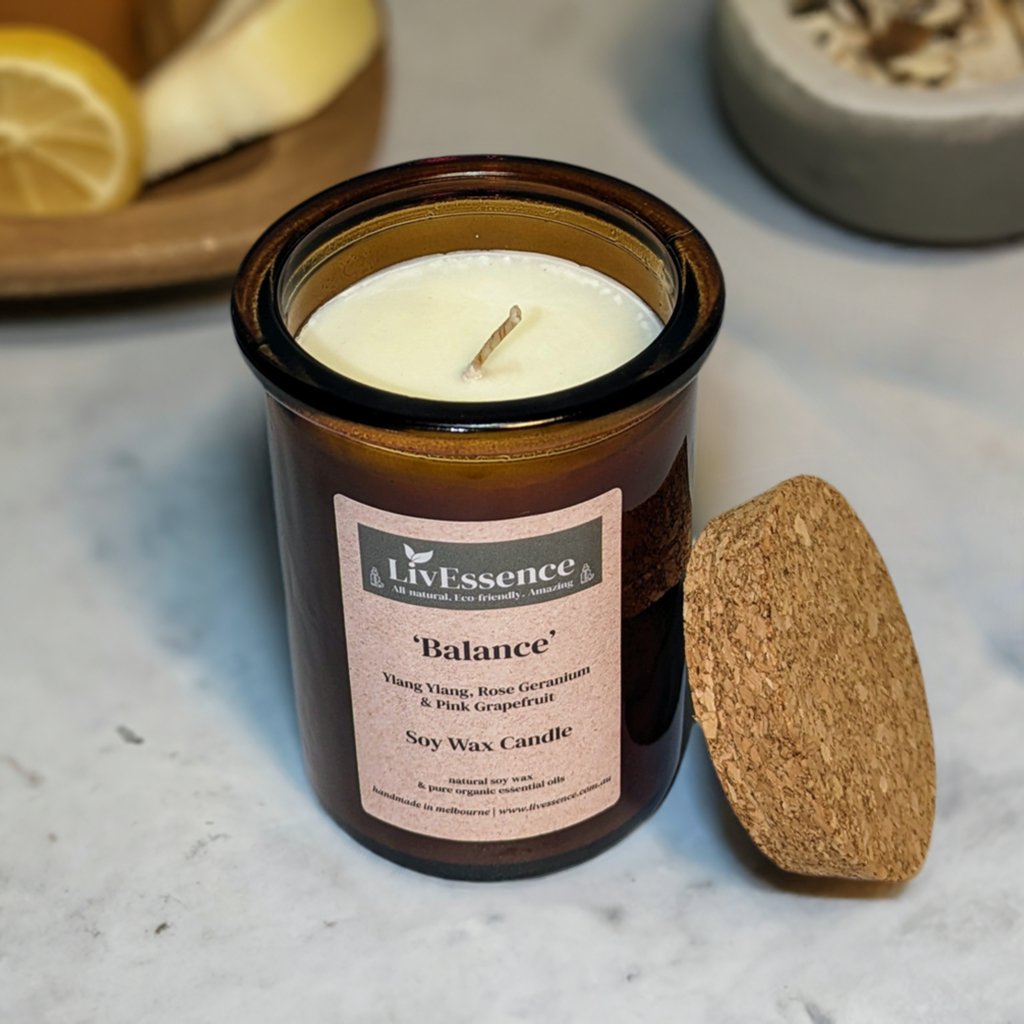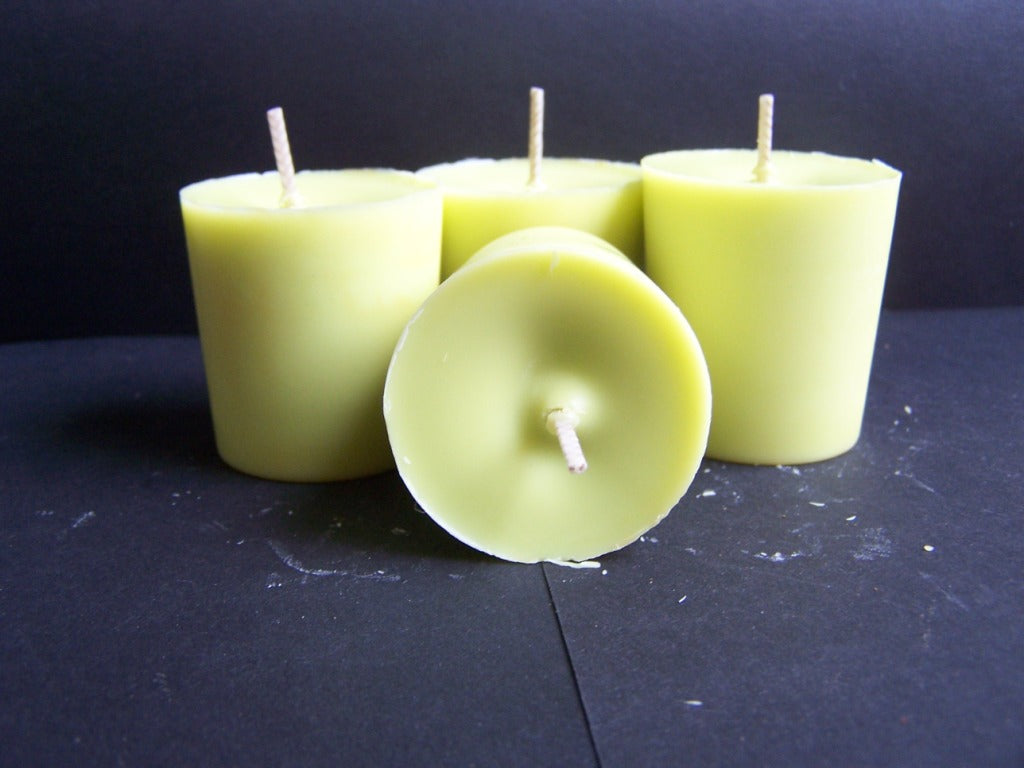Elevate Your Space with Costs Soy Wax Candles and Home Fragrance
Elevate Your Space with Costs Soy Wax Candles and Home Fragrance
Blog Article
From Wick to Wax: Understanding the Chemistry Behind Soy Wax Candles and Their Ecological Effect
As we illuminate our rooms with the cozy radiance of candles, there exists a realm of detailed chemistry behind the relatively simple act of lighting a soy wax candle light. Join us as we unravel the clinical intricacies behind soy wax candle lights and explore their ramifications on our environment.
Soy Wax Vs. Paraffin Wax
When comparing soy wax and paraffin wax for candle light production, it is necessary to comprehend the distinctive qualities and advantages of each material. Soy wax is an all-natural, renewable resource derived from soybean oil, making it environmentally friendly and eco-friendly - home fragrance. On the other hand, paraffin wax is a byproduct of petroleum refining, which elevates issues regarding its ecological influence and sustainability
Soy wax candle lights shed cleaner and send out less soot contrasted to paraffin wax candle lights, making them a healthier choice for indoor air high quality. In addition, soy wax has a reduced melting factor, permitting for a longer-lasting candle light that disperses fragrance better. Paraffin wax, on the other hand, has a tendency to melt faster and much less easily, possibly launching harmful chemicals into the air.
From a sustainability perspective, soy wax is favored for its biodegradability and sustainable sourcing, lining up with the growing consumer choice for environmentally mindful products. While paraffin wax has actually been a standard choice in candle light making due to its affordability and convenience of usage, the change in the direction of eco-friendly alternatives like soy wax is obtaining energy in the sector.
Chemical Make-up of Soy Wax

Burning Refine in Soy Candles
The chemical structure of soy wax straight affects the combustion process in soy candle lights, influencing elements such as burn time, scent release, and environmental effect. When a soy candle light is lit, the warm from the fire thaws the wax near the wick. This liquid wax is after that prepared the wick due to capillary action. As the liquid wax gets to the flame, it undergoes and vaporizes combustion. The combustion procedure entails the vaporized hydrocarbons in the wax responding with oxygen airborne to generate warm, light, water vapor, and co2.
The combustion efficiency of soy candles is affected by the pureness of the soy wax and the quality of the wick. A clean-burning soy candle with an appropriately sized wick will certainly decrease and produce a stable flame soot formation. This not only prolongs the shed time of the candle however likewise improves the launch of scents. In addition, soy wax candle lights have a reduced ecological influence contrasted to paraffin candle lights as a result of their biodegradable and renewable nature.

Environmental Advantages of Soy Wax

Considered a lasting choice to standard paraffin wax, soy wax uses noteworthy environmental advantages that make it a prominent selection among eco-conscious consumers. Soy wax burns cleaner and creates much less residue than paraffin wax, adding to far better indoor air quality and decreasing the requirement for cleansing and upkeep. Overall, the environmental advantages of soy wax align with the expanding need for green and sustainable products in the market.
Recycling and Disposal Factors To Consider
Recycling and proper disposal of soy wax candle lights play a critical duty in preserving environmental sustainability and reducing waste in households and areas. When it comes to recycling soy wax candles, the initial action is to guarantee that the candle has actually melted completely.

In regards to disposal, if recycling is not an option, soy wax candle lights are eco-friendly and can be securely thrown away in the majority of family waste systems. Nevertheless, it is always advised to contact regional recycling centers or waste administration services for details standards on candle disposal to make certain correct handling and environmental protection.
Final Thought
To conclude, the chemistry behind soy wax candles reveals their environmental advantages over paraffin wax candles. Soy wax, stemmed from soybean oil, burns cleaner and produces much less residue when contrasted to paraffin wax. The combustion procedure in soy candle lights is more effective, bring about a longer and more also burn. Furthermore, soy wax is sustainable and eco-friendly, making it an extra lasting selection for candle light manufacturing. Reusing and proper disposal of soy wax candles even more contribute to their ecological impact.
When contrasting soy wax and paraffin wax for candle light making, it is necessary to recognize the unique qualities and advantages of each material (soy wax candles).Soy wax candle lights melt cleaner and give off less residue compared to paraffin wax candles, making them a much healthier choice for indoor air high quality.Thought about a lasting alternative to conventional paraffin wax, soy wax offers remarkable environmental benefits that make it a popular selection among eco-conscious consumers. Soy wax burns cleaner and produces less soot than paraffin wax, contributing to better indoor air quality and minimizing the requirement for cleaning candles and upkeep.In conclusion, the chemistry behind soy wax candles exposes their environmental benefits over paraffin wax candles
Report this page